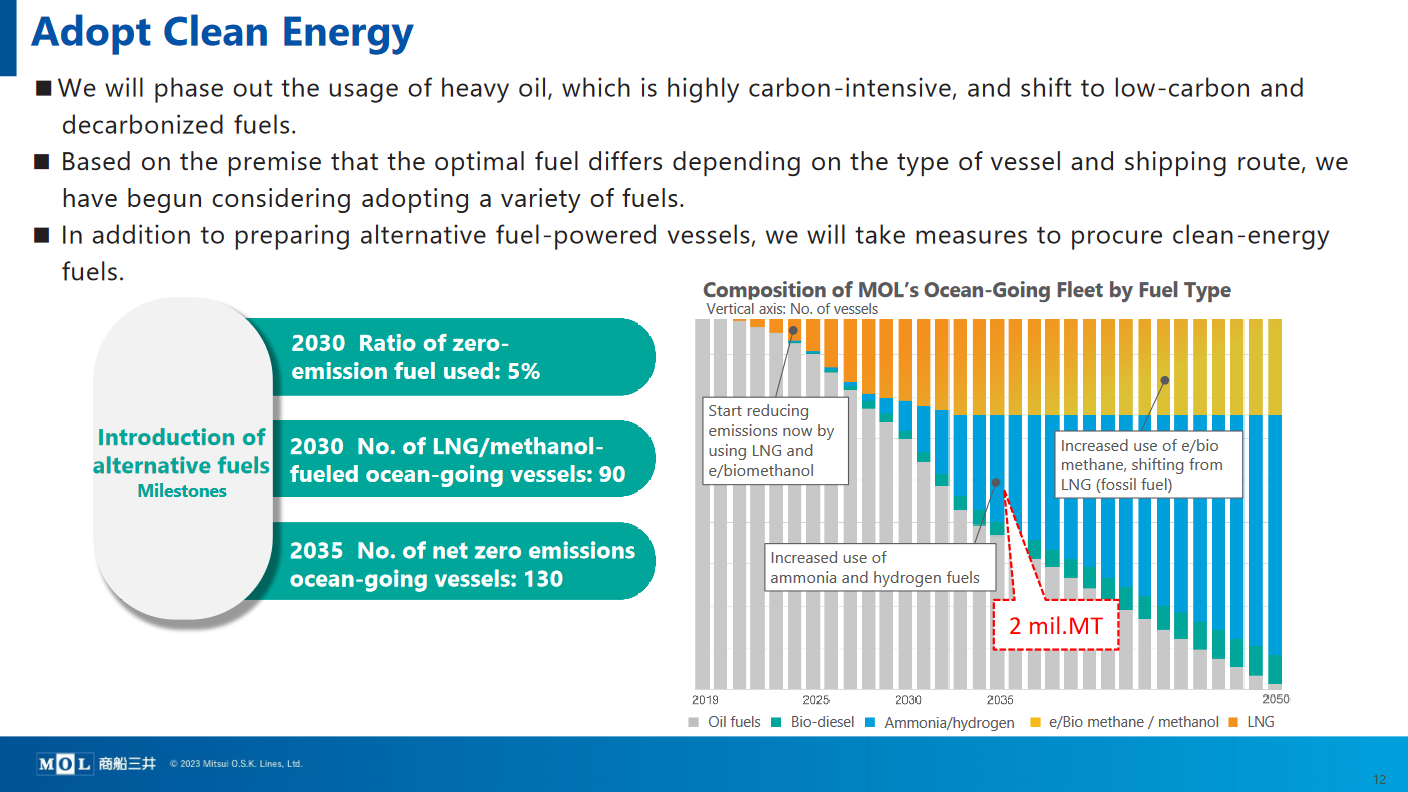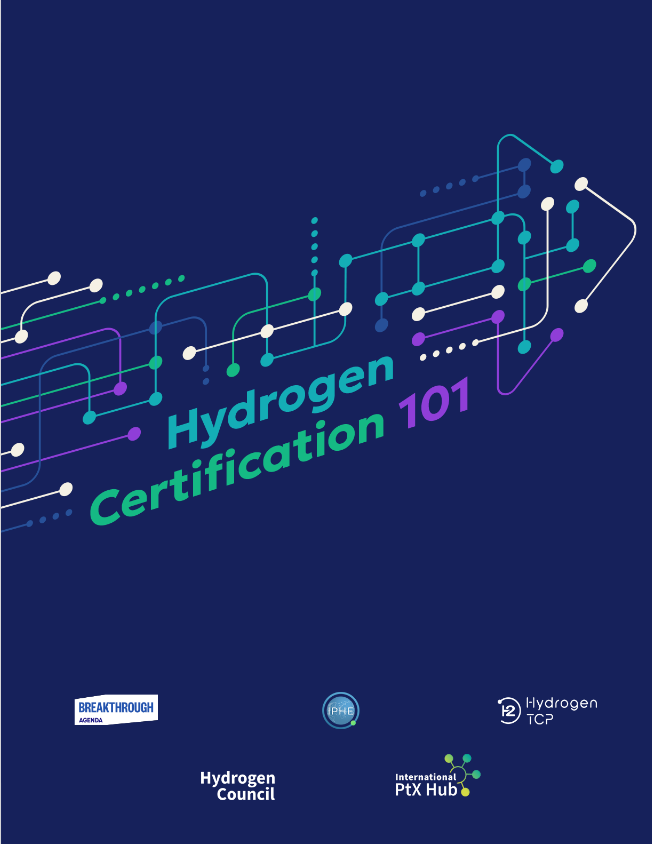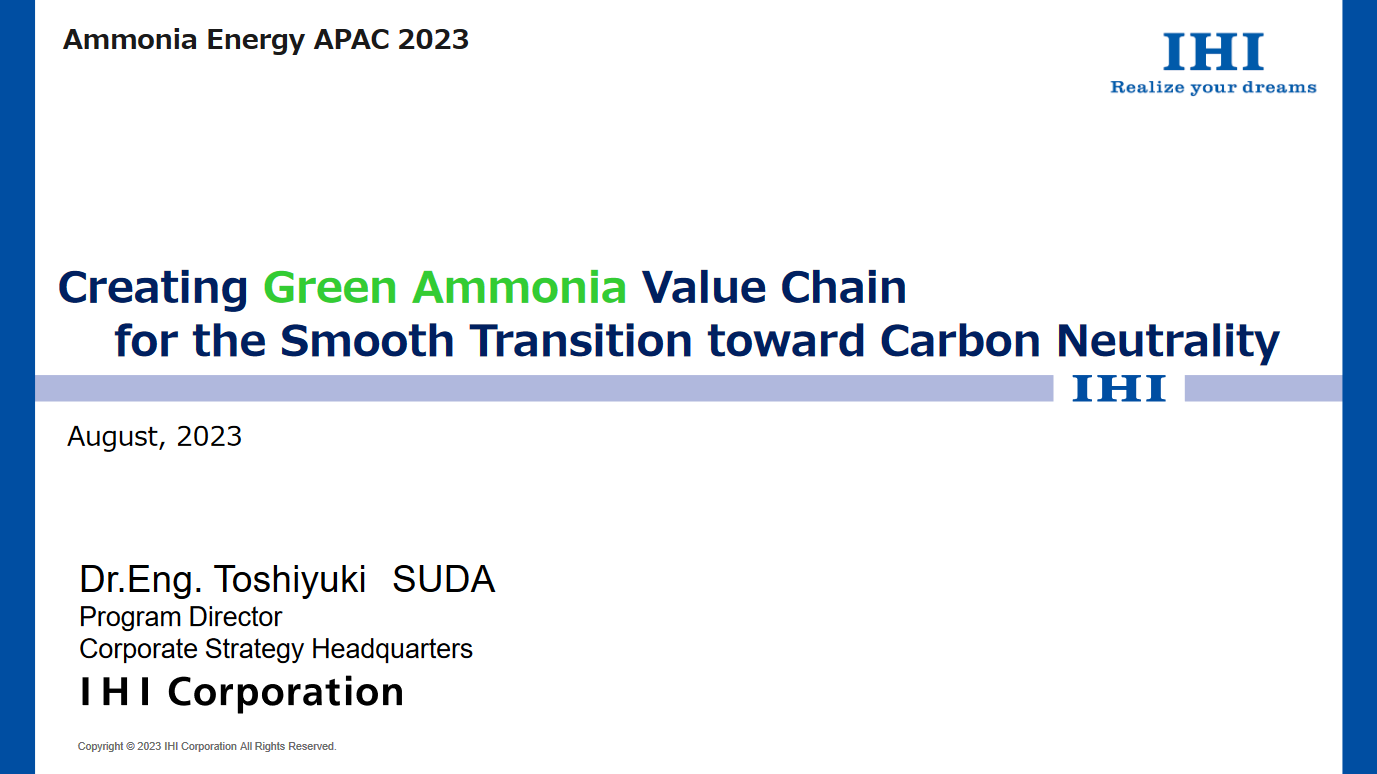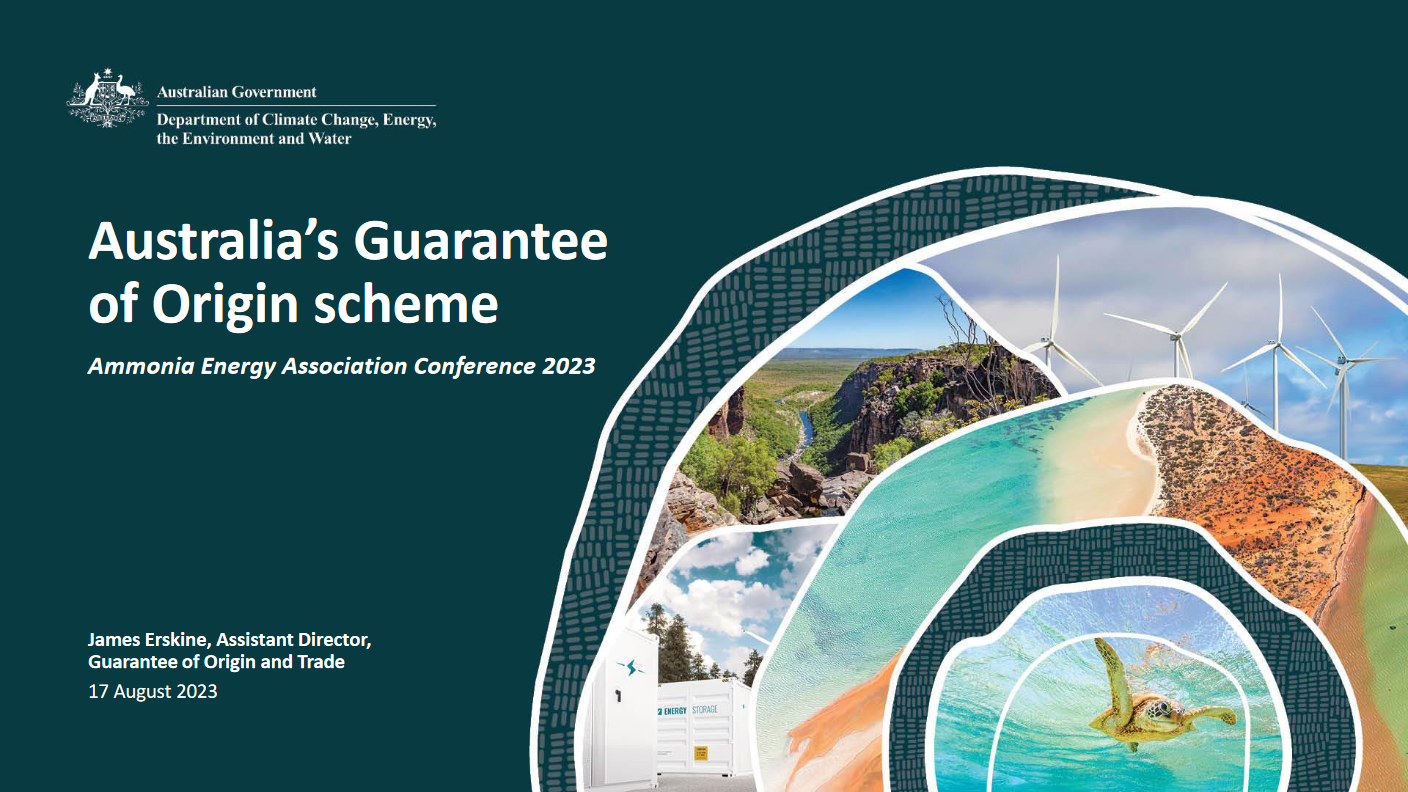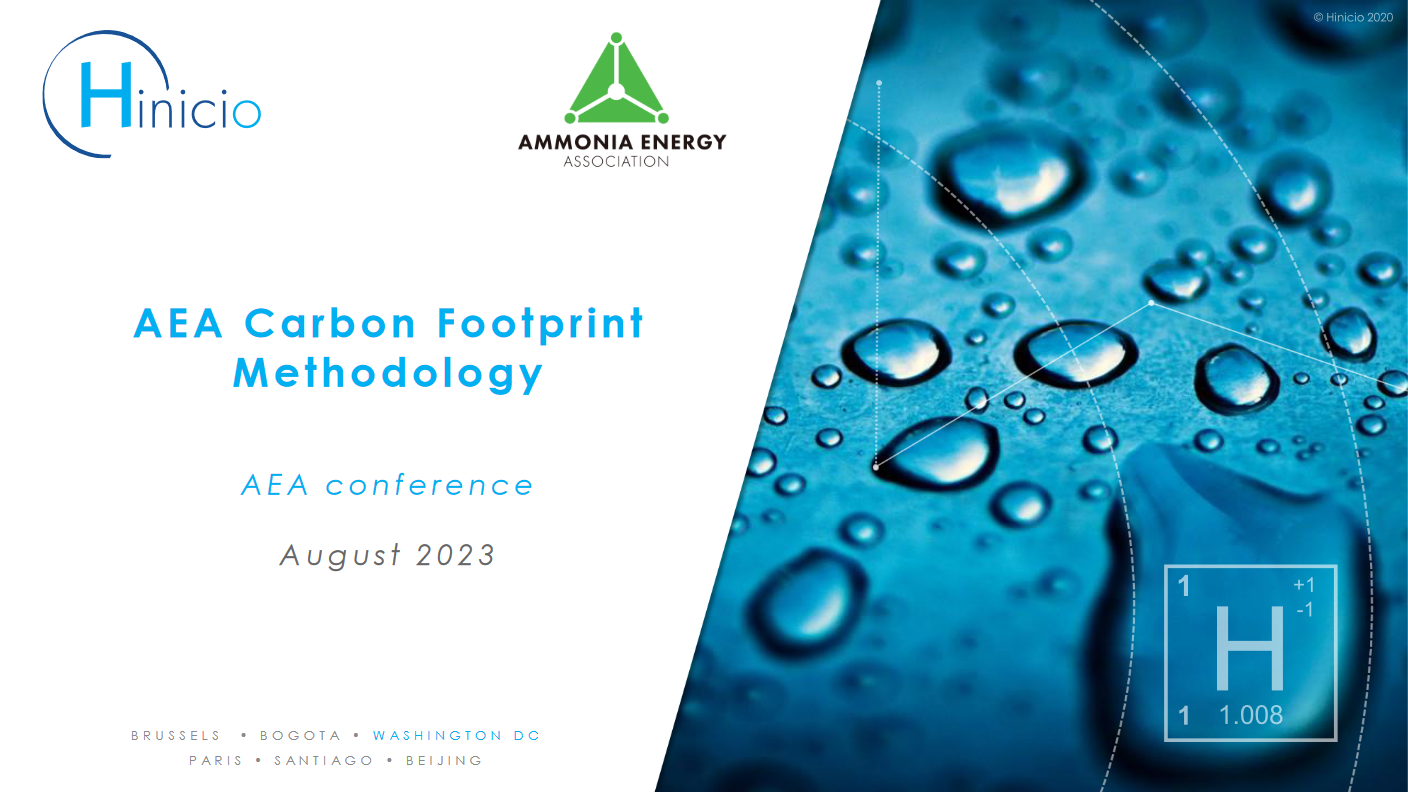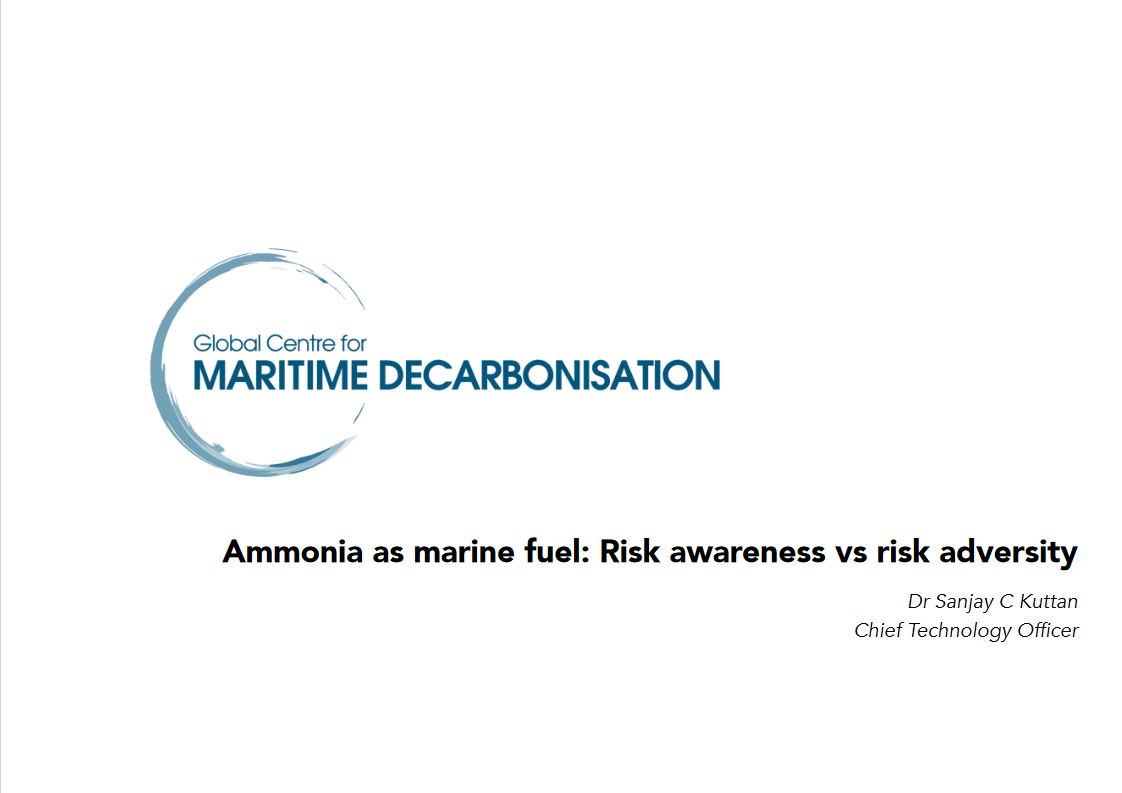Mitsui O.S.K. Lines: forging ahead with a comprehensive strategy for maritime ammonia
Earlier this year, the Japanese shipping giant declared a strategic direction which included a substantial role for low carbon ammonia. In our latest episode of Maritime Insights we explored the scope of this new strategy, MOL’s future fuels roadmap, and the wide range of initiatives in play to construct a full value chain for fuel ammonia (including mega-scale production projects).
